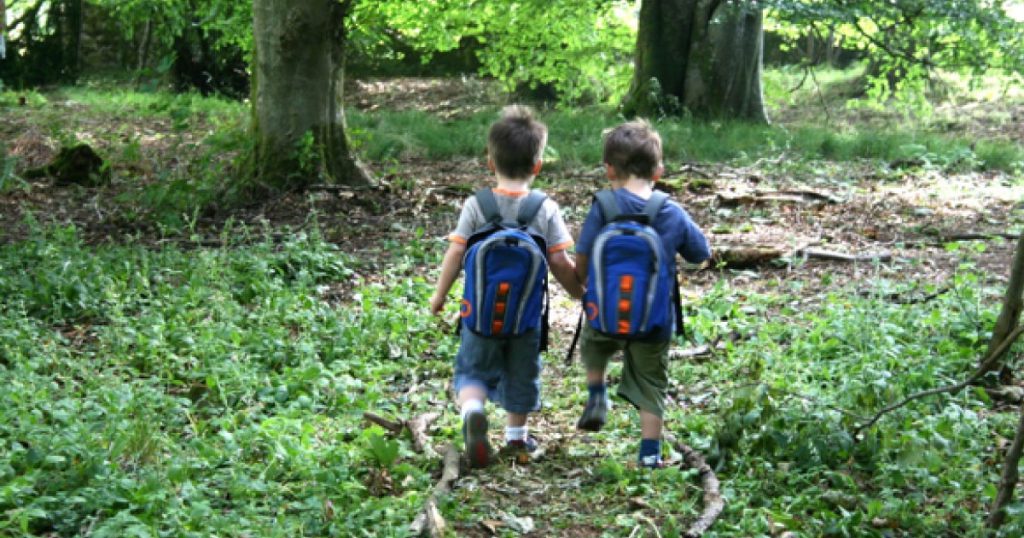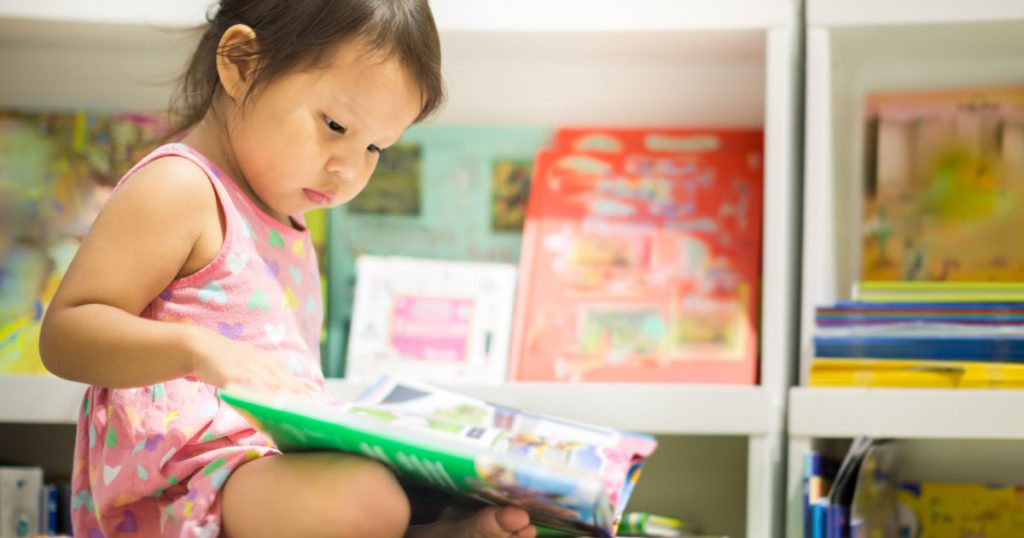Parents have been left reeling by news a male Melbourne childcare worker has been charged with 70 counts related to the alleged sexual abuse of young children in his care.
The charges include sexual penetration and producing child abuse material for use through a carriage service. The man has tested positive for a sexually transmitted disease, with more than 1,200 children now needing to be tested.
If you’ve got a child in daycare, or are planning to enrol them in one soon, you might be wondering: what can I do to reduce the risk of this happening to my child at care?
I’ve researched prevention of child sexual abuse for decades. Here are my main recommendations for parents.
Scrutinise the childcare centre
You need to make sure you know who is looking after your kids. Ask yourself:
- who is playing with them during the day?
- who are their main carers?
- who helps them with naptime and toileting or nappy change?
High staff turnover at the centre should be a warning sign for employers and parents alike. You want to go to a place where the employees have been there for decades. Obviously, that is not always possible but it is something to look for.
Don’t be distracted with shiny play equipment; look for places where the staff are actually interacting with the children.
Ask the childcare centre the uncomfortable questions. Both the director and regular staff should be able to answer questions such as:
- what is your recruitment policy and process?
- what would you do if you saw a colleague kiss a child or touch a child inappropriately?
- what is your child protection plan?
- what do you do if a parent or child alleges there’s been an incident? What exact steps will you follow?
- how do you ensure no worker is ever left alone with a child?
Any resistance to answering questions about policies and protocol should be a red flag. Trust your gut.
What to look for
Go to the childcare centre for a spot visit at an unexpected time.
That means going when it’s not drop-off or pick-up time. Everyone can put on a show at 8am and 5pm but go at 2pm or 3pm when the staff are starting to flag and the children are grumpy.
Any resistance is a problem. A good centre will let you visit any time.
You want glass walls for nappy change areas, or a really clear line of sight so nobody is able to be in there unseen.
Kids are most likely to be abused during nappy change, toileting and nap time. Look closely at these places and understand the workflow in those areas.
Look for nooks and crannies – any secret spaces that have been created.
At naptime, everyone should be sleeping out in the open; there should be no closed areas.
No worker should be alone with a child, ever. This should be made very clear to you when you ask the childcare centre about their safety policies.
Childcare workers should not have their personal phones with them on the floor. The centre should have one phone for the whole place but the staff should not have their personal phones on them at any time. There is no need for it and it creates risk.
What should I say to my kids?
It’s really important to talk to your children, even if they are very young. Give them the language to talk about this and understand what’s appropriate and what’s not.
Use proper anatomical terms for body parts so they have the language to disclose if something happens.
Let them know they can speak up and make sure they understand the steps to disclose.
For example, when you do a nappy change, narrate what you are doing so they understand what a “normal” nappy change is and can learn the words for these steps.
Ask: what’s it like when Mister James wipes your bottom? What did he do? Tell them: if you don’t like the way he wipes your bottom you can tell Miss Tracy or me.
It is never too early to start talking about this stuff and they’ll pick it up faster than you realise. If you’re not talking with your children about this stuff, you’re not preventing child sexual abuse.
Talk about “safe touching” and “unsafe touching”. Make sure they know they don’t have to hug someone if they don’t want to. They can always say no and they can give a high five instead. They need to learn: my body, my rules.
Talk with your child about what it’s like at naptime and at nappy change time at daycare.
And if your child seems like they really don’t want to talk to a particular instructor, that can be a warning sign.
Systemic change is needed
Obviously, childcare workers are poorly paid and we need to overhaul the system. Higher pay would mean people could stay longer in one job and would reduce staff turnover.
The working with children check is just one piece in a large and complicated puzzle. It just means that on the day that person applied for the job they hadn’t been convicted of an offence.
But the fact is a lot of people don’t have a choice but to send their child to daycare when they are pre-verbal.
So parents need to have uncomfortable conversations with childcare staff (and with their kids); lean into the discomfort and ask the questions anyway.
![]()
Danielle Arlanda Harris has received funding from the Australian Research Council, Australia’s National Research Organisation for Women’s Safety and the National Centre for Action on Child Sexual Abuse. She is on the national clinical reference group of the National Office for Child Safety.
Read More: Read More


